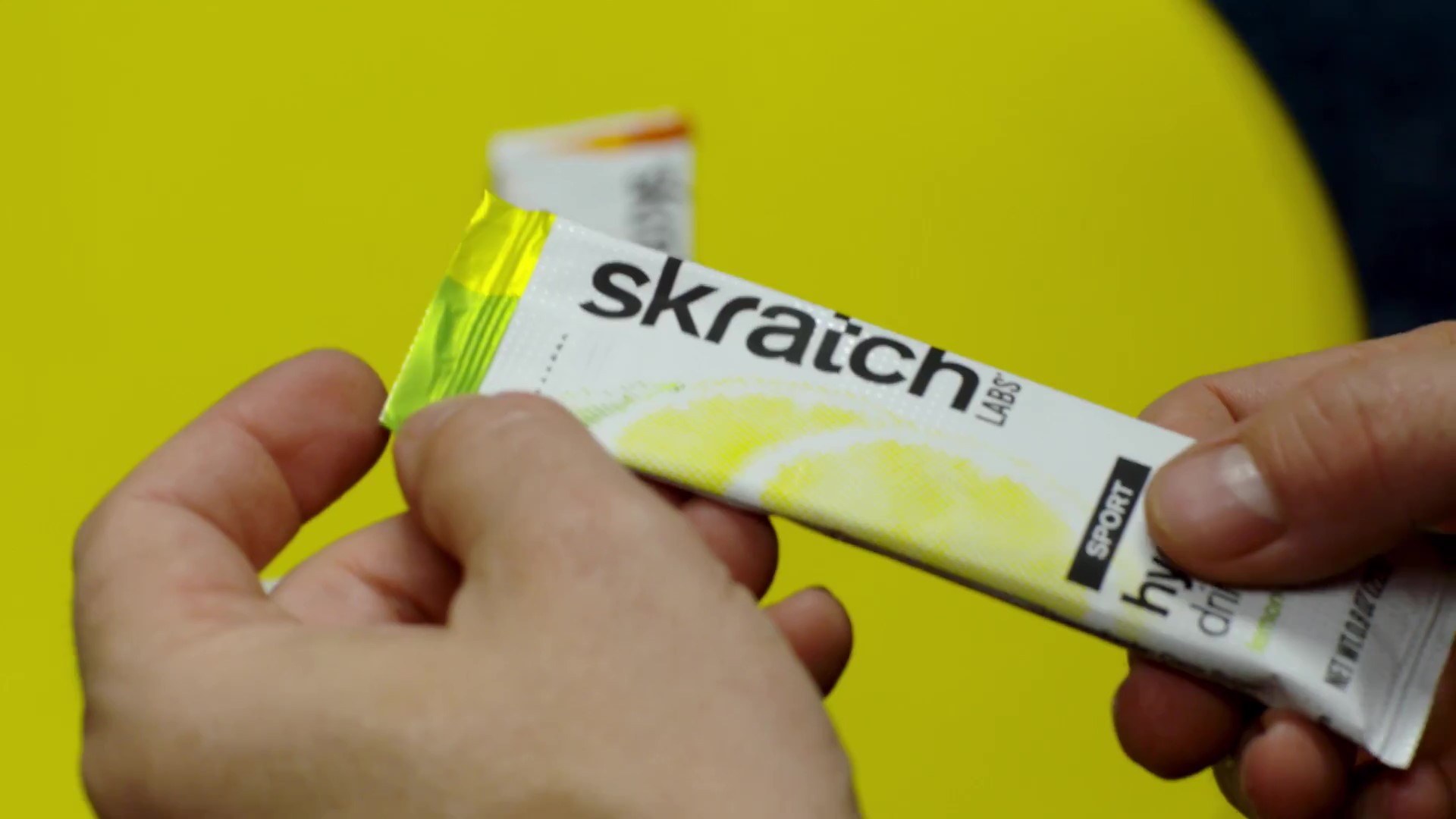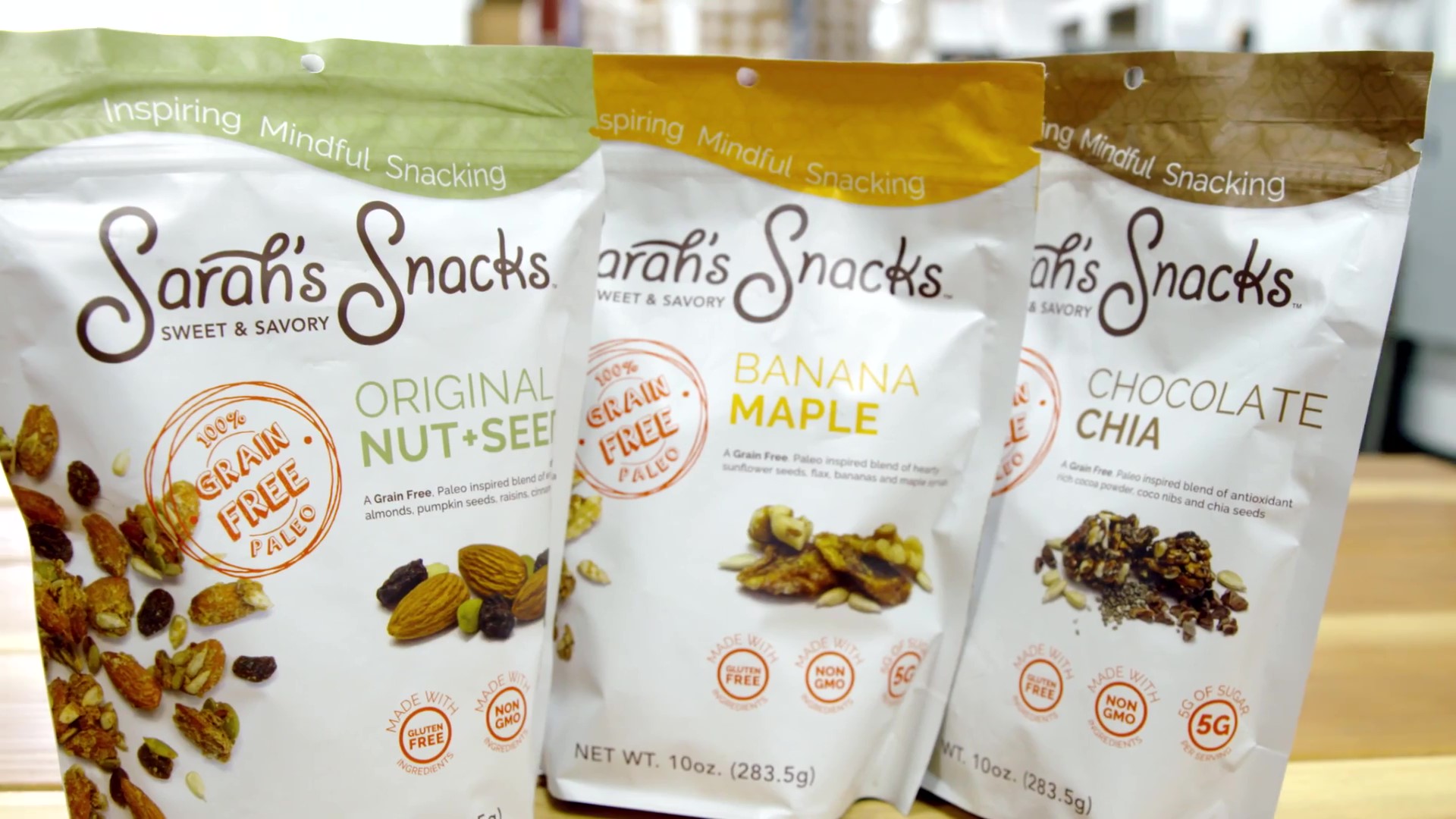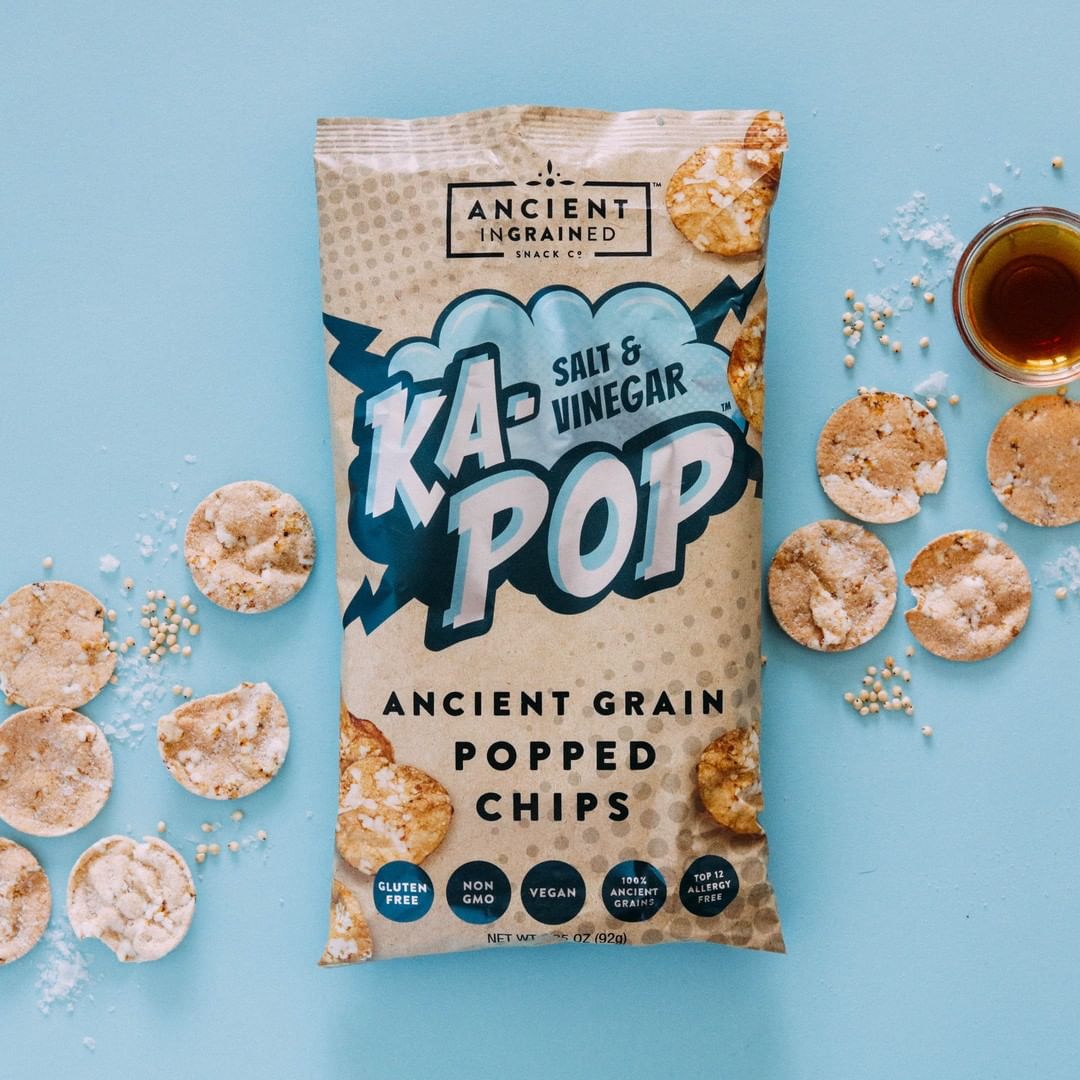Snacks, snacks and MORE snacks! The snack food market is one that is constantly changing and growing. What was once made up of mainly of potato chips and baked goods, now stretches to a multitude of foods in snack-sized packaging. This space now includes everything from nuts to dried fruit, granola bars, jerky, kale chips, superfood concoctions, to gluten-free cookies and more.
If you’re a new-to-market snack foods brand or a seasoned veteran of the industry, then you know the importance of staying on top of the ever-changing trends in product and packaging. Your success depends on staying in front of mind for consumers as their lives and preferences for foods change.
Today more than ever before, consumers eat mini-meals throughout the day: as they run out the door, in their cars, at their desks or between meeting. Our fast-paced society craves foods that meet them where they’re at. Which, is typically on the go. As the “when” consumers eat changes, so does the “what” and the “how.”
Trends in the Snack Food Market
According to the “2018 PMMI Snack Foods – Packaging and Processing Market Assessment and Trends,” top consumer trends in snacks include:
- Better for you foods
- Single serving sizes
- Packages that have the ability to reseal
Because more people are consuming snacks to replace meals, consumers are looking for more health benefits than ever before. Popular diets like the Paleo Diet, Ketogenic, Gluten Free and High Fat/High Protein diets are leading to an influx in foods that fit the busy consumer’s life while still fulfilling their desired eating preferences.
Foods that are high in protein like protein bars and powders, nuts and seeds, jerky and meat bars, and nutritional supplements are also experiencing growth, as are other health-focused foods.
 Another trend consideration is the rise in popularity of flexible packaging, primarily stand-up pouches. Snacks will continue to move from bag-in-box to bag format over the coming years.
Another trend consideration is the rise in popularity of flexible packaging, primarily stand-up pouches. Snacks will continue to move from bag-in-box to bag format over the coming years.
In fact, a study by Freedonia Group reveals that demand for pouches used in candy and snack food packaging is forecast to increase 3.8% annually through 2022 to $3.4 billion. According to Freedonia, consumers want more convenient eating.
Frequent, small meals throughout the day are disrupting the traditional three meals a day mantra. Single-portion packages and attractive, resealable, and easily disposable pouches feed this trend.
Why Flexible Packaging for Snack Foods is the Best Option
It’s really no surprise that flexible packaging is growing in the snack foods market. Single-serve snack packs offer portion control and ease of use.
When not opting for single-serve, consumers are purchasing multi-serving snack bags and pouches with resealing technology to keep items fresh. This allows for multiple servings and multiple occasions while maintaining the freshness. That’s why zippers, hook-and-loops, and reseal sticker add-ons are key to the segment.
 In addition to the many features flexible packaging offers, it also delivers a strong shelf presence. As a brand owner, there is incredible opportunity to set yourself apart from the competition. Because of their slim design, pouches also allow for maximum shelf space, generally fitting more product on the shelf than a rigid package.
In addition to the many features flexible packaging offers, it also delivers a strong shelf presence. As a brand owner, there is incredible opportunity to set yourself apart from the competition. Because of their slim design, pouches also allow for maximum shelf space, generally fitting more product on the shelf than a rigid package.
What’s more, pouches’ unbreakable and lightweight properties mean that they’re easier to ship, handle, store and restock with no risk of breaking the containers. Consumers benefit from these attributes as well, as pouches take up less space at home or on the go, and they are easy to throw away.
Retailers, brand owners and consumers all love its design capabilities, stand-up convenience, reseal opportunities and lightweight properties.
Digital Printing & Snack Food Packaging
The snack food market is moving toward flexible packaging, and the future of flexible packaging creation is digital printing. Digitally printed flexible packaging is an incredible opportunity to build more brand awareness and increase sales.
As more snack items are unveiled in flexible packaging, there are some key considerations to make sure your package stands out from the crowd.
First things first: packaging design. It’s common knowledge that an eye-catching design promotes a strong brand presence, as well as a higher value. But great design can’t stand on its own — it needs to be printed in a way that fully brings that design to life. Digital printing allows you to do just that. Digital printing allows for high-impact graphics, bright colours, and 360 degrees of design, including images and marketing information, nutritional information and the brand story.
 Photo credit: Ka-Pop
Photo credit: Ka-Pop
Digital printing also allows brands to make last-minute changes to their designs. Add an ingredient to your granola bar? Gain another certification for your protein snack? Add another SKU? Because no plates are needed, unlike traditional printing, there is no long set-up time, so changes can be made easily. This flexibility makes adding a SKU, changing a recipe, or adding promotional information to an existing package quick and easy.
Lastly, digital printing is much more cost-efficient (remember, no plate fees or setup fees). Digital printing excels at producing short and medium-run length jobs at competitive prices, two qualities that don’t often coincide in the industry. At ePac, we achieve this by eliminating plates charges, minimizing waste and set-up time, and enabling print on demand to reduce costly inventory.
ePac Loves Snacks (and Flexible Snack Packaging)
At ePac Flexible Packaging, we know that the emerging digital technology will significantly disrupt the service and manufacturing models that have served the flexible packaging industry for decades. If you’re looking to create a flexible snack package for your product, or update an existing snack item, let us show you a fast and easy way to buy flexible packaging that will take your brand to the next level.
